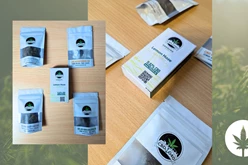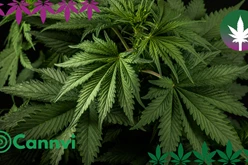The history of hemp in North America is closely tied to the region's colonial past . Even before the founding of the United States, hemp was an important crop for European settlers.
In the 17th century
Laws were passed in the American colonies that encouraged the cultivation of hemp. Settlers recognized the value of hemp for the production of canvas, rope, and other textiles . The British colonial power in particular pushed for the cultivation of hemp to support shipping and the navy . Hemp was due its strong fibers are particularly suitable for the production of ship ropes and sails.
During the 18th century
Hemp cultivation continued and expanded in North America . George Washington, later the first President of the United States, was known for growing hemp on his Mount Vernon estate. Thomas Jefferson was also interested in the diverse uses of hemp and promoted its cultivation.
Over time, other crops such as cotton became more important, and hemp faded somewhat into the background.
During the 19th century
However, hemp continued to be used for making rope and coarse fabric .
In the 20th century
The cultivation of hemp was severely restricted in the United States . The Marijuana Tax Act of 1937 largely banned hemp cultivation because hemp and marijuana were regulated together due to their botanical relationship . In the 1970s, the War on Drugs further increased these restrictions.
Recently, however, the perception of hemp has changed. With the increasing legalization of cannabis in various US states and the passage of the Farm Bill in the 2010s, hemp is experiencing a renaissance . In particular, the industrial use of hemp for the production of CBD products, textiles, food and building materials is gaining popularity.



.png?h=64&w=200&mode=max&scale=canvas&format=webp&autorotate=true)












.png)